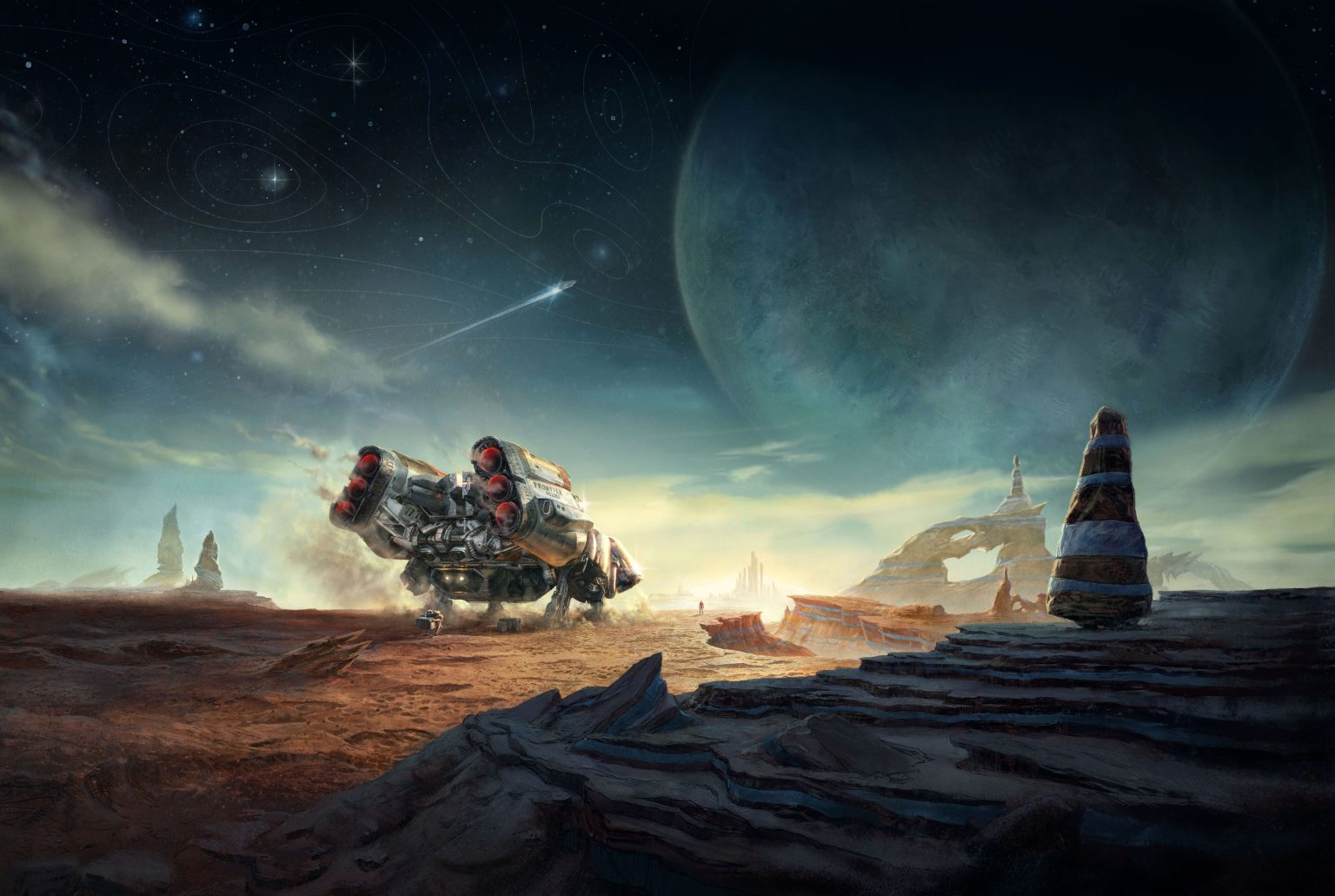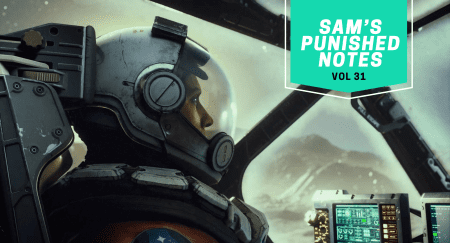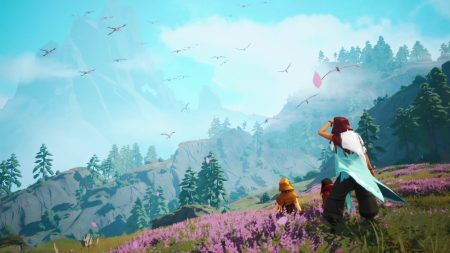Bethesda games always come out during significant changes in my life. Oblivion came out as I was transitioning into my teenage years. Skyrim arrived at the start of my college career. Fallout 4 released during my first semester of a Master’s program and at the point where I was most homesick and needing a video game I could get lost in. When Fallout 76 dropped, I too was experiencing a few bugs and a bit of an identity crisis that also took years of patches and careful work to overcome.
Why then should this game be any different? Starfield arrives when I am once again in the middle of a life transition, or should I say many: a fresh degree, a new job, a new city, a new kitten (who my partner and I have named Gravity). This latest effort similarly marks transitions for Bethesda Game Studios—the first game published with Xbox Game Studios and the first new IP in decades.
I picked up the Premium Edition Upgrade with Xbox Game Pass last week and have only spent a few dozen hours with Starfield. I am far from done with its main story, side quests, or ship management simulator. Starfield is a game in transition—marked by load screens, menus, and (well) space. And much like life’s transitions, I haven’t fully appreciated the rougher edges, but damn it if the destinations and people along the way aren’t kind of wonderful.
Editor’s Note: this essay is spoiler-free for Starfield!

I’ll Fly a Starship / Across the Universe Divide
I spent much of my first couple of hours trying to figure out how the hell to navigate Starfield’s menus and space controls.
The result was a lot of empty space, where I felt like I was accelerating to nowhere. I’d destroy an asteroid or two out of frustration.
The First 10 Hours in Starfield
Starfield’s first ten hours are long. Bethesda has a lot of worldbuilding to do in a little bit of time. In these early hours, that means that the world takes center stage over character and sometimes over fun.
I resisted this at first, reader. I traveled away from the main course. Like the Highwaymen’s song, I wanted to “fly a starship / across the universe divide.” I wanted to feel like Han Solo (Star Wars) or Mal Reynolds (Firefly), or at the very least James Holden (The Expanse).
Unfortunately, I wasn’t feeling it for the first ten hours. I felt more like the titular character of Lightyear, dropped into a future whose histories and rules felt at once both familiar and distant. I wanted to see the universe and in turn it showed me empty vistas, space rocks, and a few mining facilities that suspiciously looked the same.
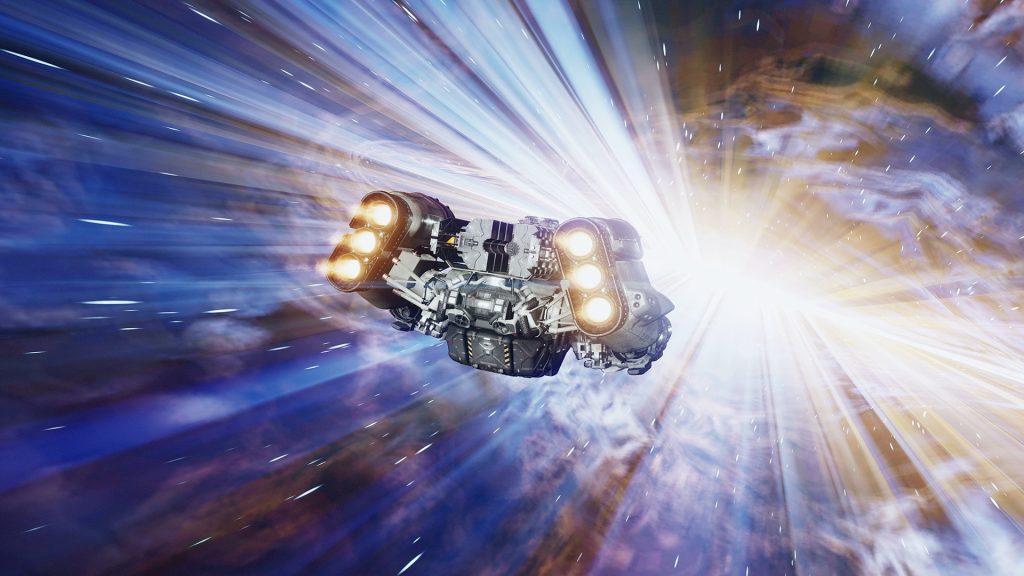
Start Starfield’s Campaign Sooner Than Later
So, I returned to the main story, a little worse for wear. I followed the requests of those in the organization known as Constellation, slowly embracing the life that they had built for my character. I got to know its characters, a misfit bunch coming from various forms of privilege. I listened to their philosophies about space, faith, and the cosmos. They accompanied me to more interesting and populated planets.
When we returned to exploring the “emptier” regions of space, I found meaning in their rocks, vastness, and structures. A transition gradually happened without me consciously realizing it: If I was going nowhere before, I was now here.
And I Think It’s Gonna Be A Long, Long Time
“I’m a Rocket Man,” John Elton sings between the scratches of our record. Sunday became Starfield day in our house. The enemies of the main quest finally outleveled my character enough to force me into the stranger and more lucrative parts of the universe.
Side quests and “activities” (miscellaneous tasks and errands) consumed most of my second full day with the game. Bethesda has always crafted a range of well-tuned side content and interesting characters, and Starfield doesn’t disappoint. Two side quests in neighboring Star Systems may go down as two of my favorite missions in recent memory, taking what feel like familiar tropes of past space travel stories and turning them on their head.
The Best Parts of Starfield
There is a lot of joy to be found balancing the more talkative and action portions of Starfield with the long-winded moments in space. Space battles in one moment easily give way to resource collection and management on a near lifeless planet the next. After players learn to quickly navigate the star menus, the game’s fast travel systems allow for near immediate access to the game’s most interesting social content.
Starfield is at its best when the world-building gets out of the way of its human characters. Their songs tell remarkable and surprising stories of love, life, and human ingenuity. After two decades of playing Elder Scrolls and Fallout games, Starfield brims with a relieving sense of optimism.

Major Tom to Ground Control
This article is intentionally full of song references. From the title’s reference to “Space Oddity” by David Bowie (or Brandi Carlile’s excellent cover) to quotations from The Highwaymen and Elton John. Modest Mouse’s “Space Travel is Boring,” Chris De Burgh’s “A Spaceman Came Traveling,” and A Tribe Called Quest’s “The Space Program” also lingered on my playlists this weekend. These songs, like the best space films, capture the loneliness, shortcomings, and potential of space travel.
In Starfield, I float in space above Earth in my favorite spaceship. It almost feels like a pilgrimage site. I consider visiting it; I want to see how Bethesda imagines its transition.
Bethesda’s Fallout games provide a glimpse of what the apocalyptic transitions look like from those Vaults in the ground below, but this is a different universe presented with a different perspective. One situated amid transitions. Once I embraced these transitions and started playing Starfield like Elder Scrolls in space, I found its silences and its strangeness almost comforting.
I turn away from Earth, and I fly away to another mission in another star system.
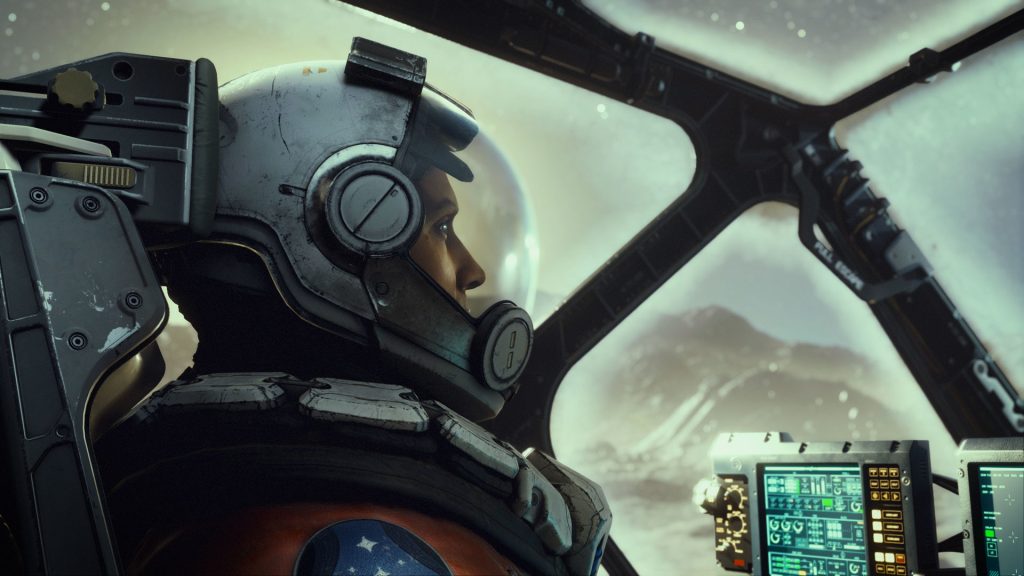
I look forward to hearing about your adventures in “Space, Cowboy.”
Clint is a writer and educator based out of Columbus, OH. You can often find him writing about Middle English poetry, medieval games, or video games. He just finished a PhD in English at the Ohio State University. You can find his academic and public work at clintmorrisonjr.com.


